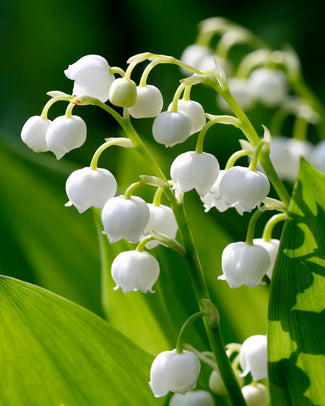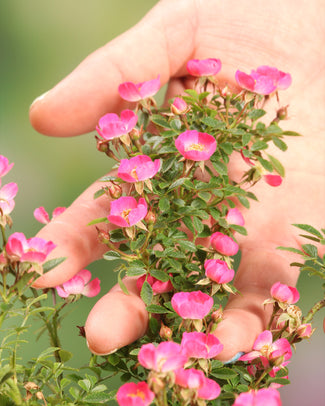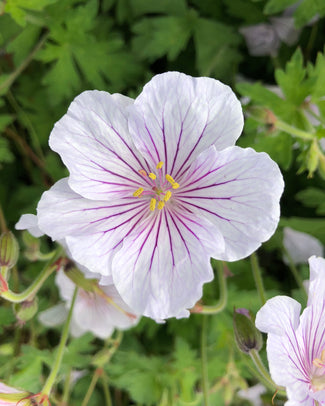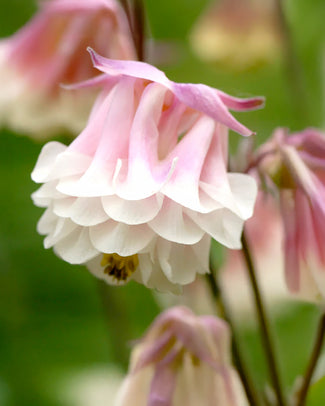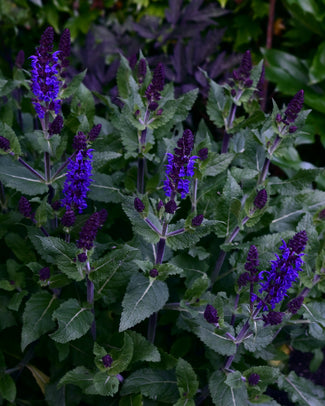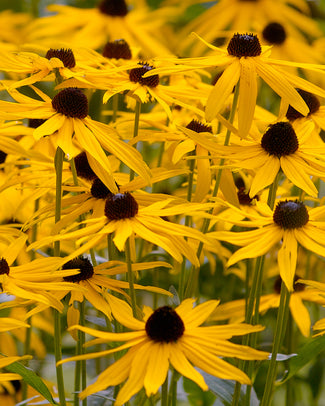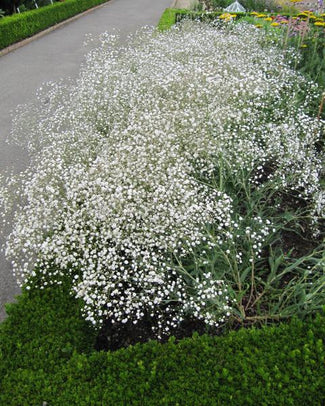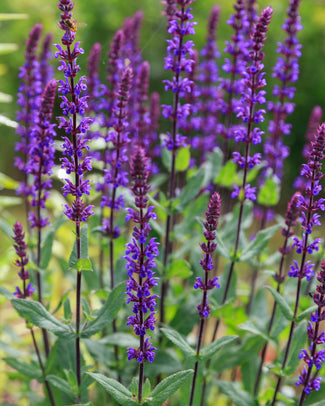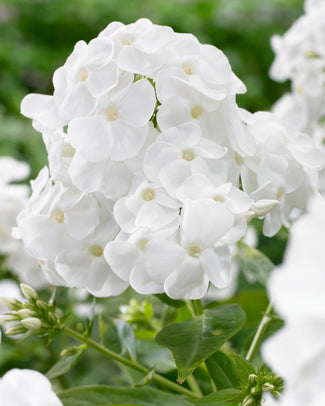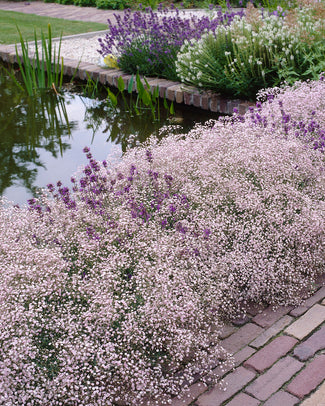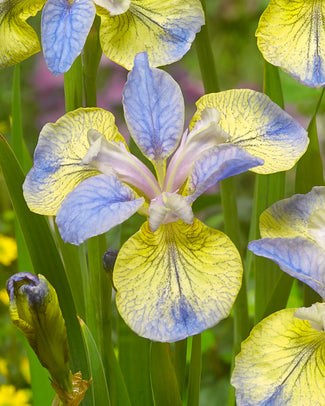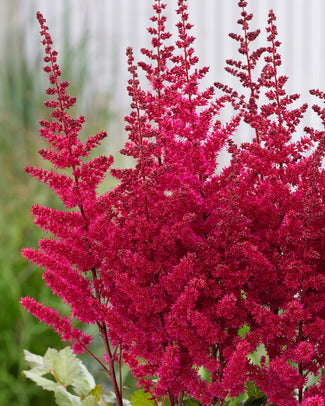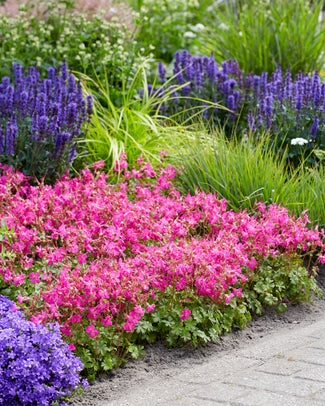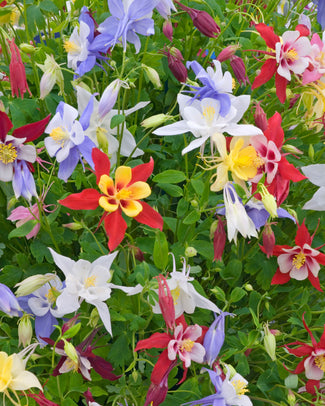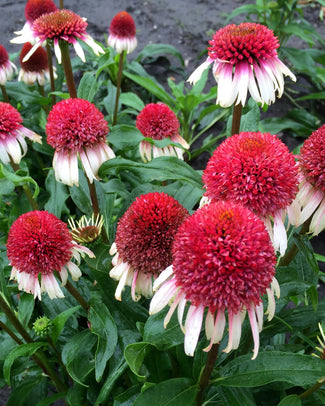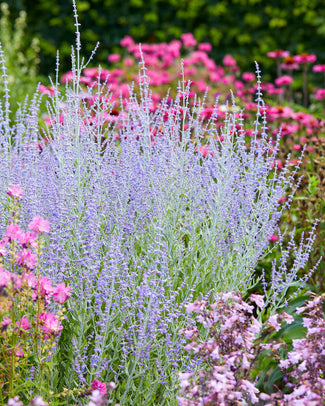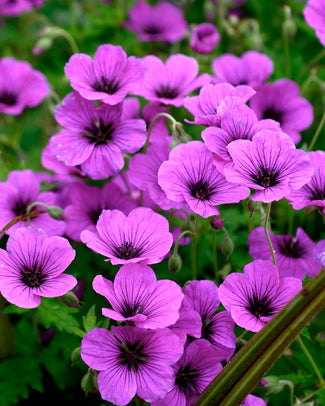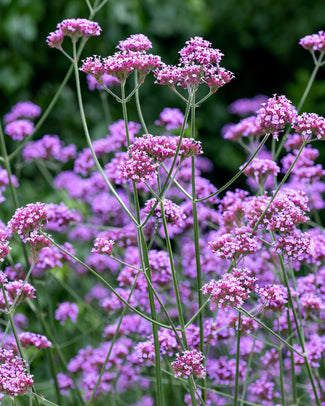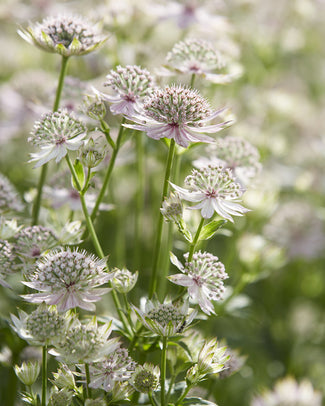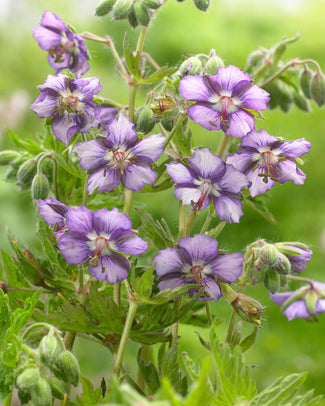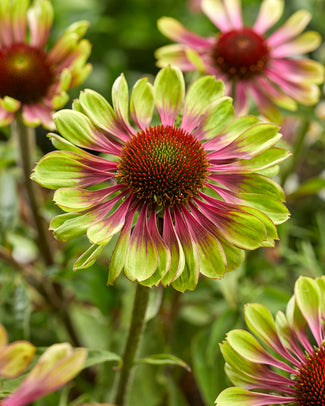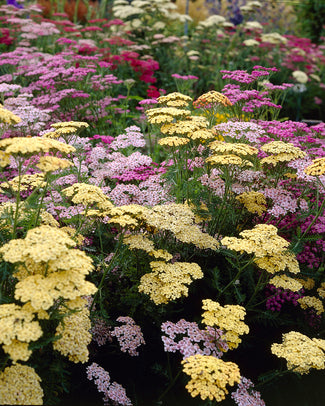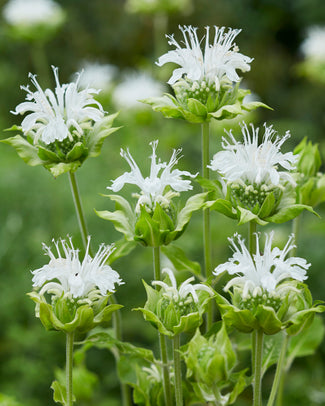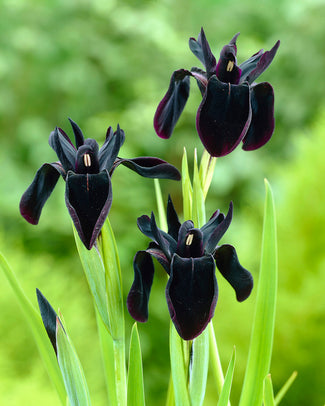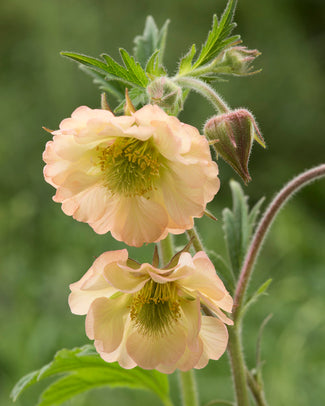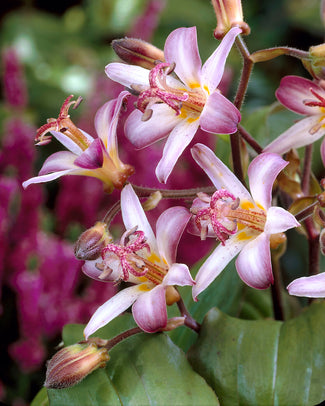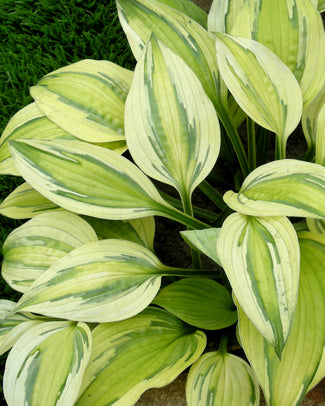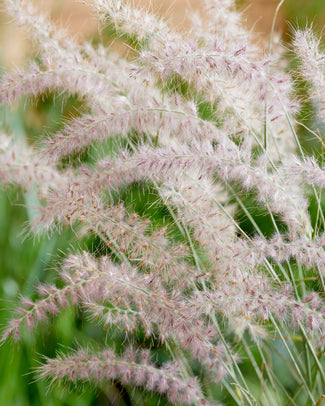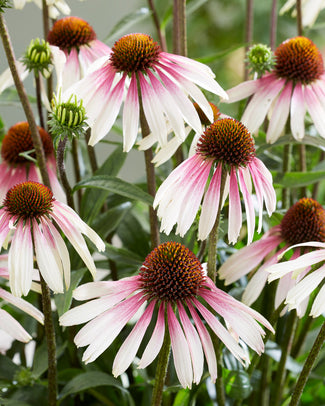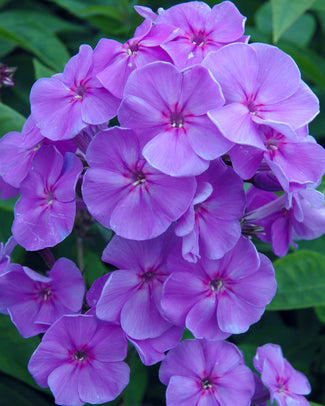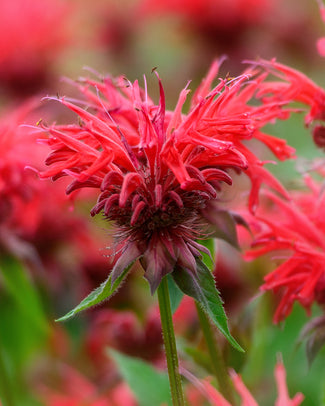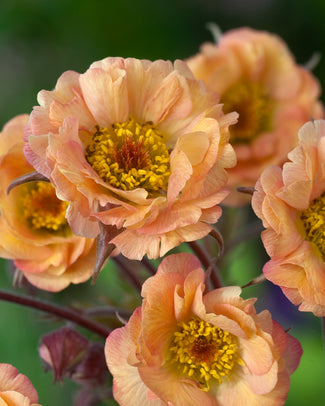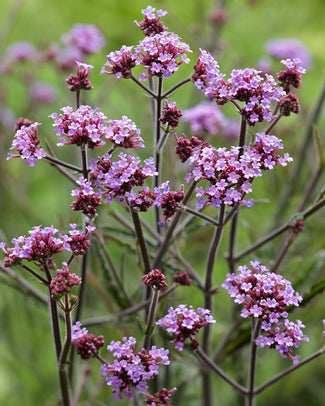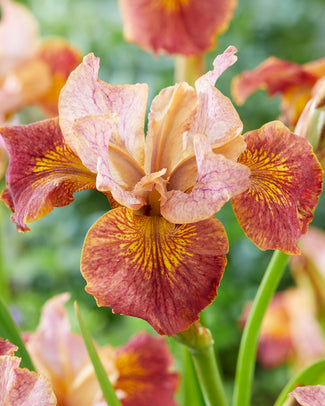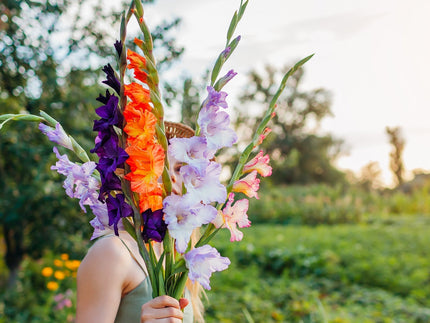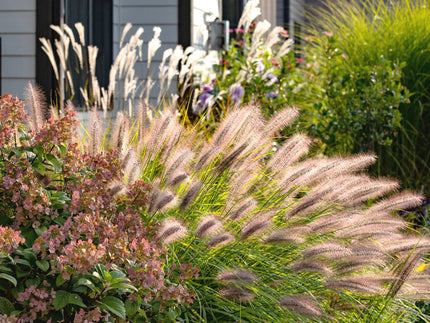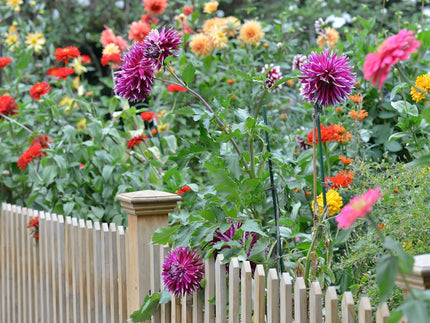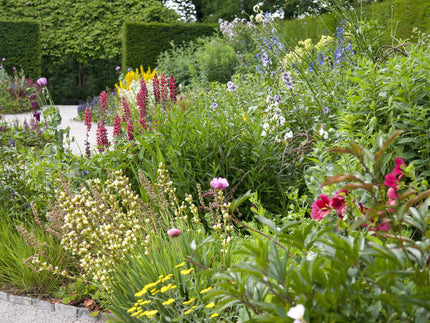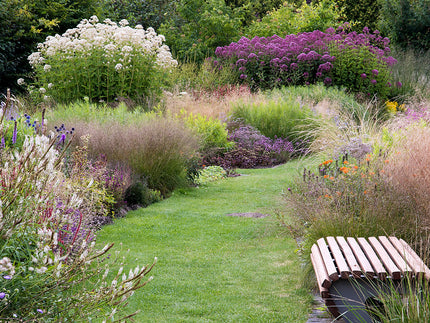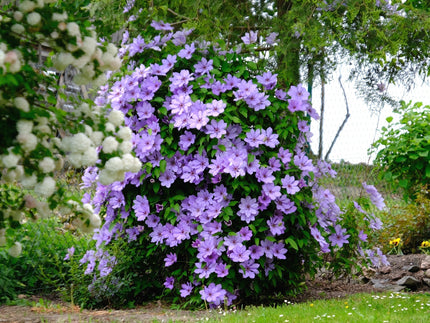How to plant Asclepias
Asclepias are commonly known as ‘butterfly weed’, their nectar rich blooms are a hit with pollinators like butterflies and bees which adds to the interest this plant brings to the gardem. They perform best in open aspects with plenty of sunshine. They are tough and resilient plants, which grow best in free-draining soil. The fragrant blooms are produced on multiple stems once this perennial has established a clump.
How to plant
- Plant Asclepias bare roots in spring between February and May, ideally within a week of delivery.
- Soak the roots for 3-6 hours before planting, then pot up into 2 litre (or 15-20cm diameter) pots using a good quality multipurpose compost.
- Plant with the roots submerged and with the top of the root system just level with the soil surface. Any shoots or leaves which have emerged already should be left exposed above the soil surface.
- Grow them on in a sheltered area outside. New growth typically emerges within around a month of planting. They can be transplanted into suitable growing positions after 2-4 months or once growth is established and the plants easily come out of the temporary pots with the soil held together by the roots.
- When planting into the garden, choose a position in full sun with free-draining soil.
- Keep space clear around the young plant, removing excess growth from neighbouring plants in the border to reduce competition.
- This perennial is hardy to around -10C and does not require winter protection in most areas.
- Water-in after planting and keep hydrated when in growth.
Aftercare
- Asclepias flowers from mid-late summer every year, but it may not flower in the first year.
- Asclepias die back in autumn, at which point you can cut back the stems to around 5cm above soil level. To prevent self-seeding and to tidy up the display, you can cut back flowered stems before the seed pods turn brown in autumn. New stems and foliage emerge from the root system the following spring.
- Asclepias forms a clump over time – as the clump grows, more flower stems will be produced. Established clumps can be lifted and divided while dormant between autumn and early spring.
- Wear gloves and take care when handling cut stems, as they exude a milky white sap which can be irritant.
































































































































































































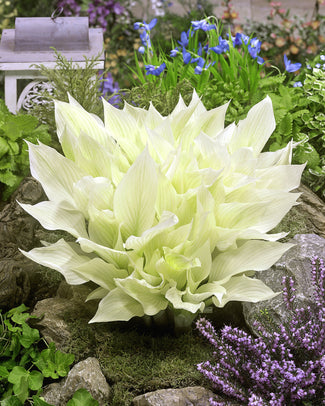
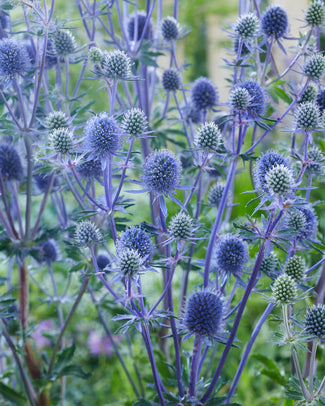
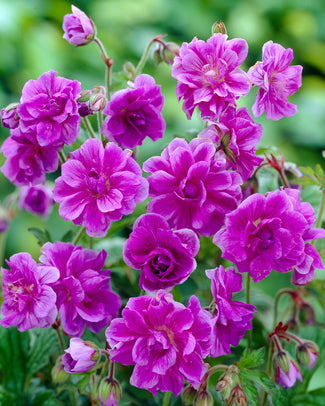
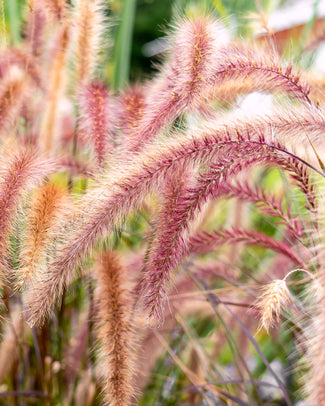
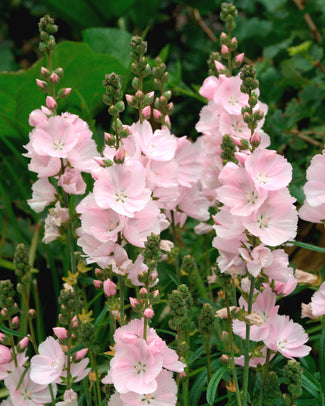
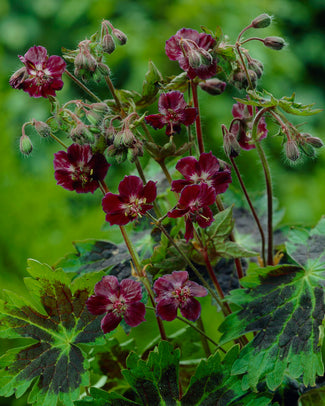
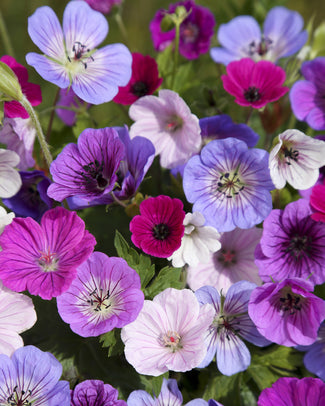
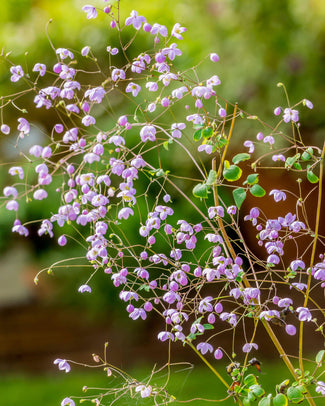
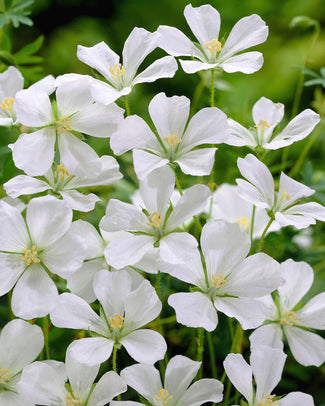
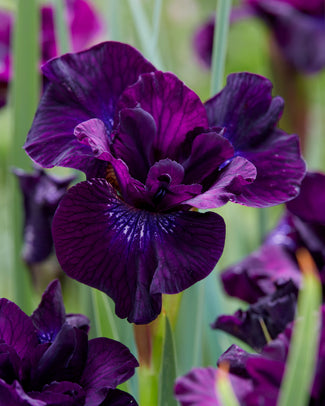
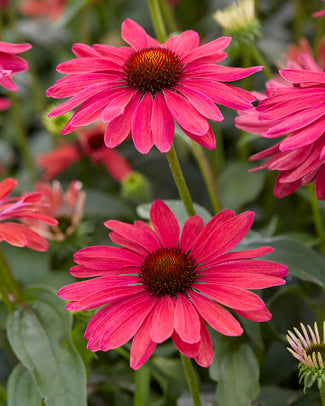
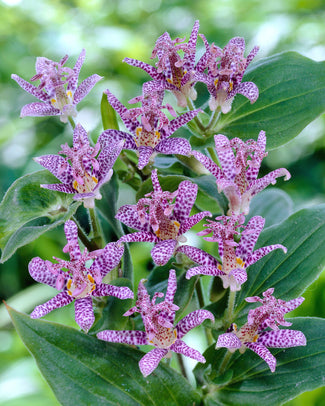
![Agapanthus 'Black Buddhist' []](http://www.farmergracy.co.uk/cdn/shop/products/agapanthus-black-buddhist-1_325x.jpg?v=1575625838)
